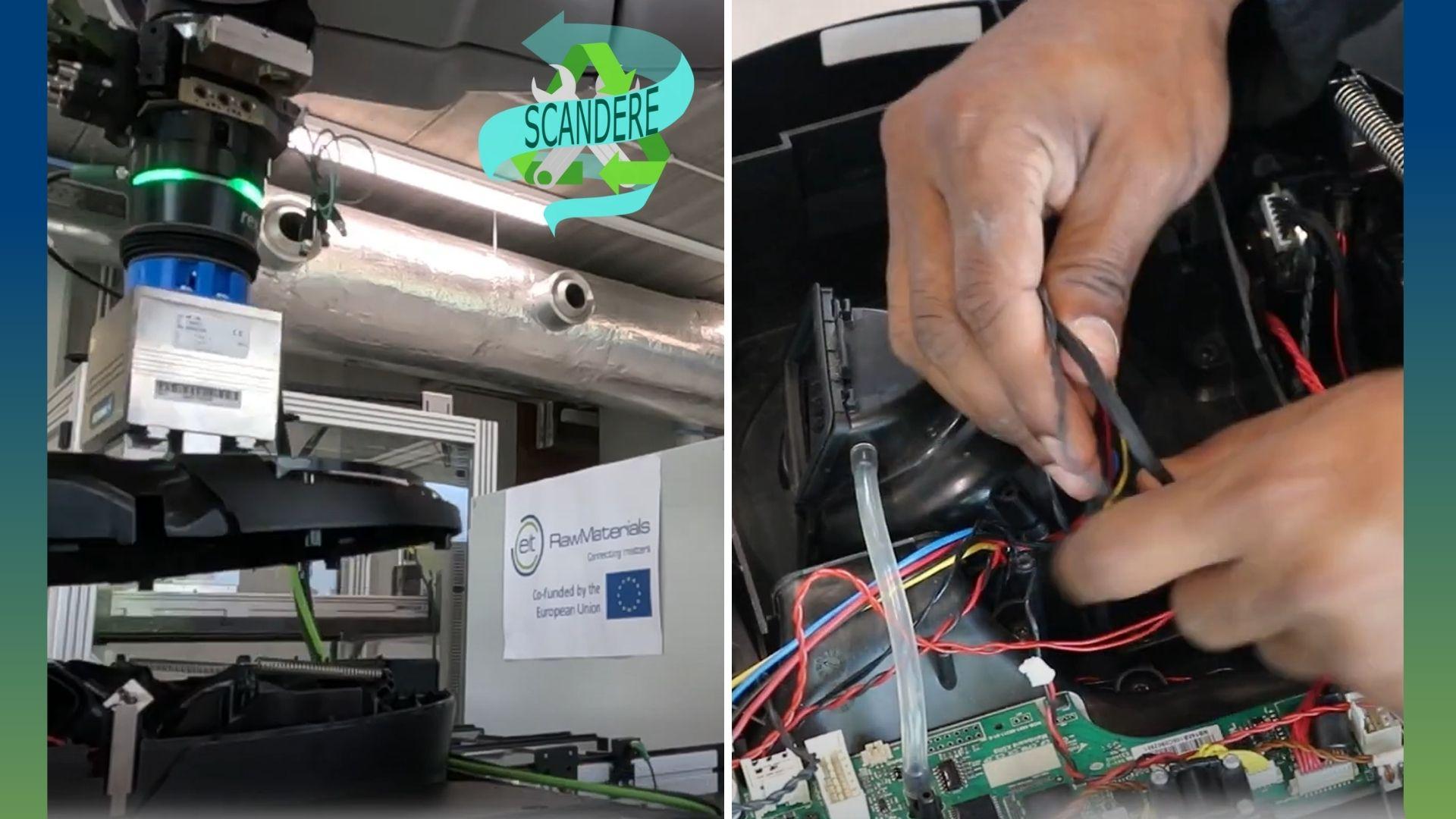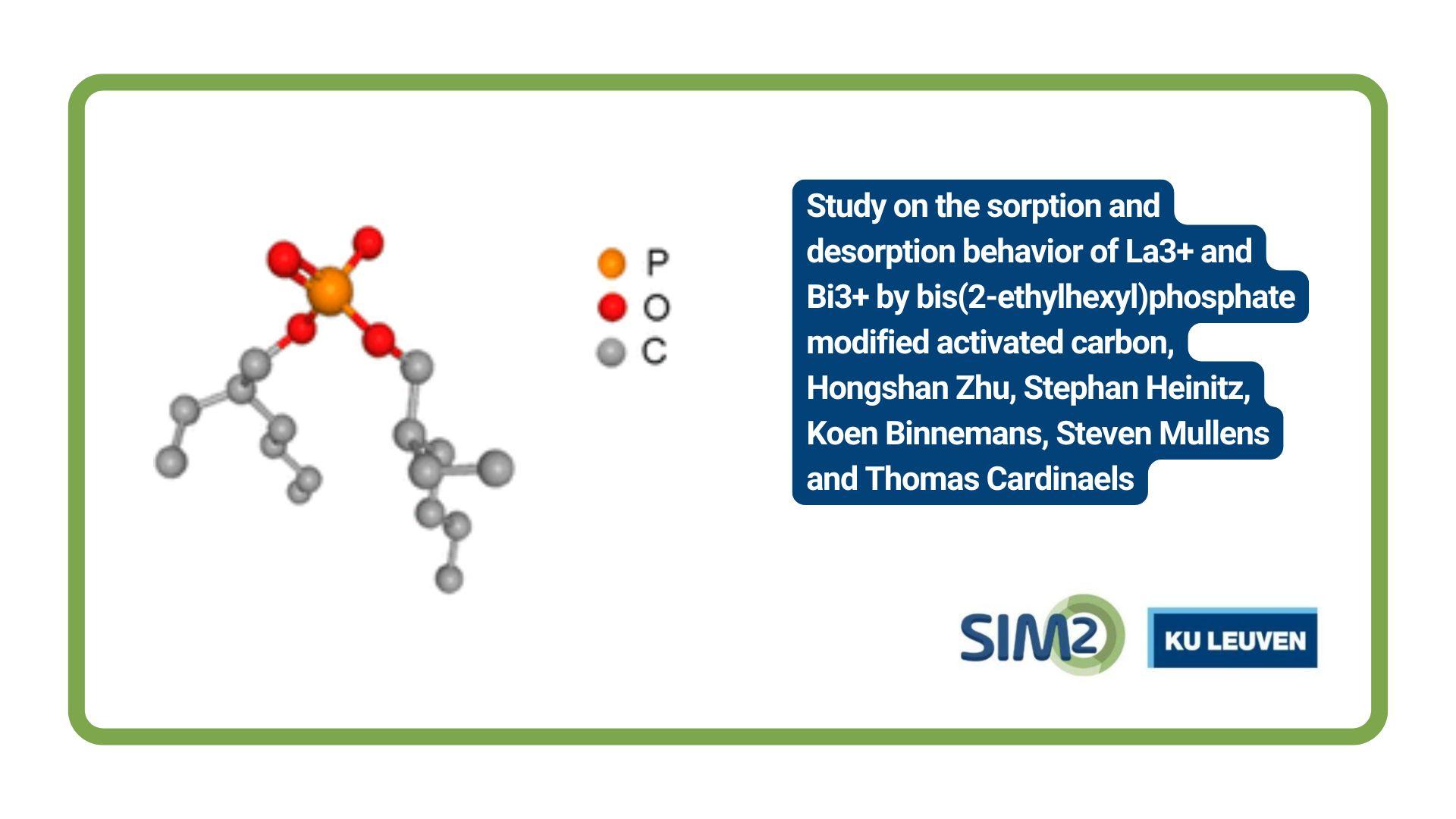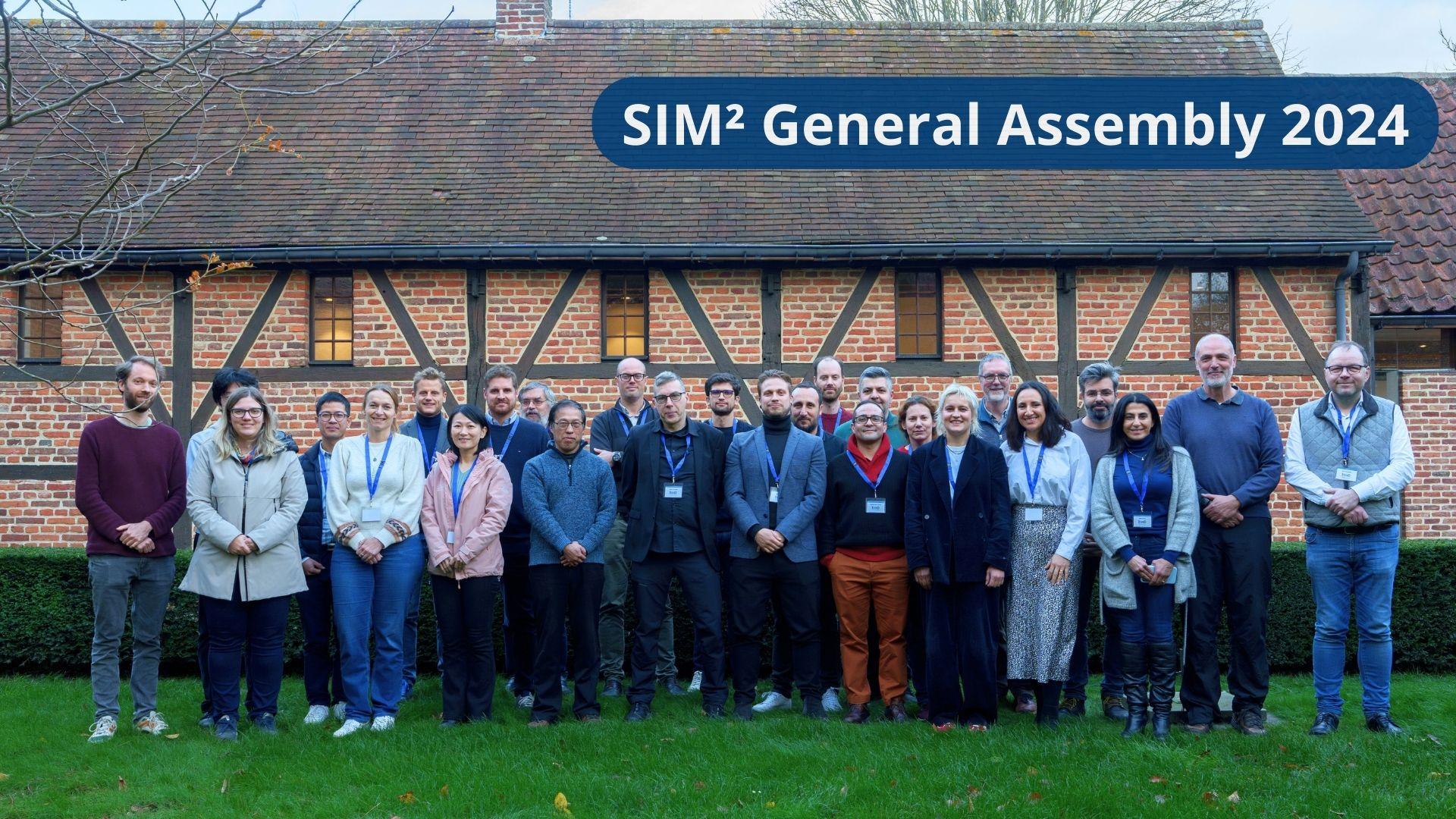SIM² KU Leuven – HITEMP researchers applied an updated reactive fraction model to study the Zn slag fuming process. The results have been published in Metallurgical and Materials Transactions B. In this work, an updated reactive fraction (URF) model is developed and coupled with a ChemApp-based thermodynamic model to describe the Zn fuming process. The findings show that the variation of the reactive slag (gas) fraction in the reaction zone can be described by a mathematical model of damping vibration. The outcome of this work provides a significant scientific basis for the recovery of Zn (ZnO) from the Zn-bearing metallurgical slags.
Why Zn fuming?
Zn-bearing slags, containing a substantial amount of valuable elements (e.g., Zn, Fe, Cu and Ag), are an important secondary resource, and are also classified as potentially harmful wastes due to the presence of toxic heavy metals. Recycling Zn-bearing slags sustains the production of the metal industry and reduces the use of virgin resources and environmental impact. Zn fuming is a representative technology for the recycling of Zn-bearing slags. Understanding the Zn fuming kinetics allows metallurgists to develop a more efficient slag fuming process with high flexibility, economic gain, low carbon footprint, and low environmental impacts.
Modeling study of Zn slag fuming process
This paper reports an updated reactive fraction (URF) model coupled with a ChemApp-based thermodynamic model to describe the Zn fuming process. To determine the URF model parameters, laboratory experiments are conducted, and the results are compared with the model predictions.
This model is applied to investigate the kinetics of Zn slag fuming. The findings show that the variation of the reactive slag (gas) fraction in the reaction zone can be described by a mathematical model of damping vibration. Zn fuming is dominated by the reactive gas fraction, and the process consists of three stages. In the initial fuming stage, the fuming is unstable, where the Zn content of the slag decreases quickly at the beginning; afterward, the decreasing speed slows down. The main fuming stage shows a rapid fuming rate and contributes significantly to the Zn fuming from the slag. In the final fuming stage, the fuming curve nearly levels off. The Zn fuming mainly occurs in the initial and main fuming stages.
Significance of Zn fuming and potential challenges
The significance of this paper is that it presents an updated reactive fraction model that can be used to simulate and optimise the Zn slag fuming process. This model takes into account various process factors such as reaction temperature, gas flow rate, slag properties, and furnace geometry. The URF model provides a useful tool for understanding the fuming kinetics and optimising the plasma fuming operations to increase energy efficiency, metal recovery ratio, and slag cleanliness.
One potential challenge is that the URF model parameters are determined by fitting the model to experimental data from industrial-scale plasma fuming processes. Therefore, there may be limitations in applying this model to other types of processes or different operating conditions. Additionally, there may be technical challenges associated with implementing this model in practice, such as obtaining accurate measurements of process variables and ensuring reliable data input.
Despite these challenges, this paper provides valuable insights into the Zn slag fuming process and offers a useful tool for simulating and optimising this process. Ongoing research efforts are focused on further improving the accuracy and applicability of this model to enhance the efficiency and sustainability of Zn slag fuming operations.
Full reference of the paper
Zhongfu Cheng, Abdul Khaliq, Muxing Guo (2022), An updated reactive fraction model to simulate the Zn slag fuming process, Metallurgical and Materials Transactions B, 53(6), 3934-3944, https://doi.org/10.1007/s11663-022-02654-8
Acknowledgments
The authors gratefully acknowledge support for this research by VLAIO (SIM Vlaanderen SuperMex project).





